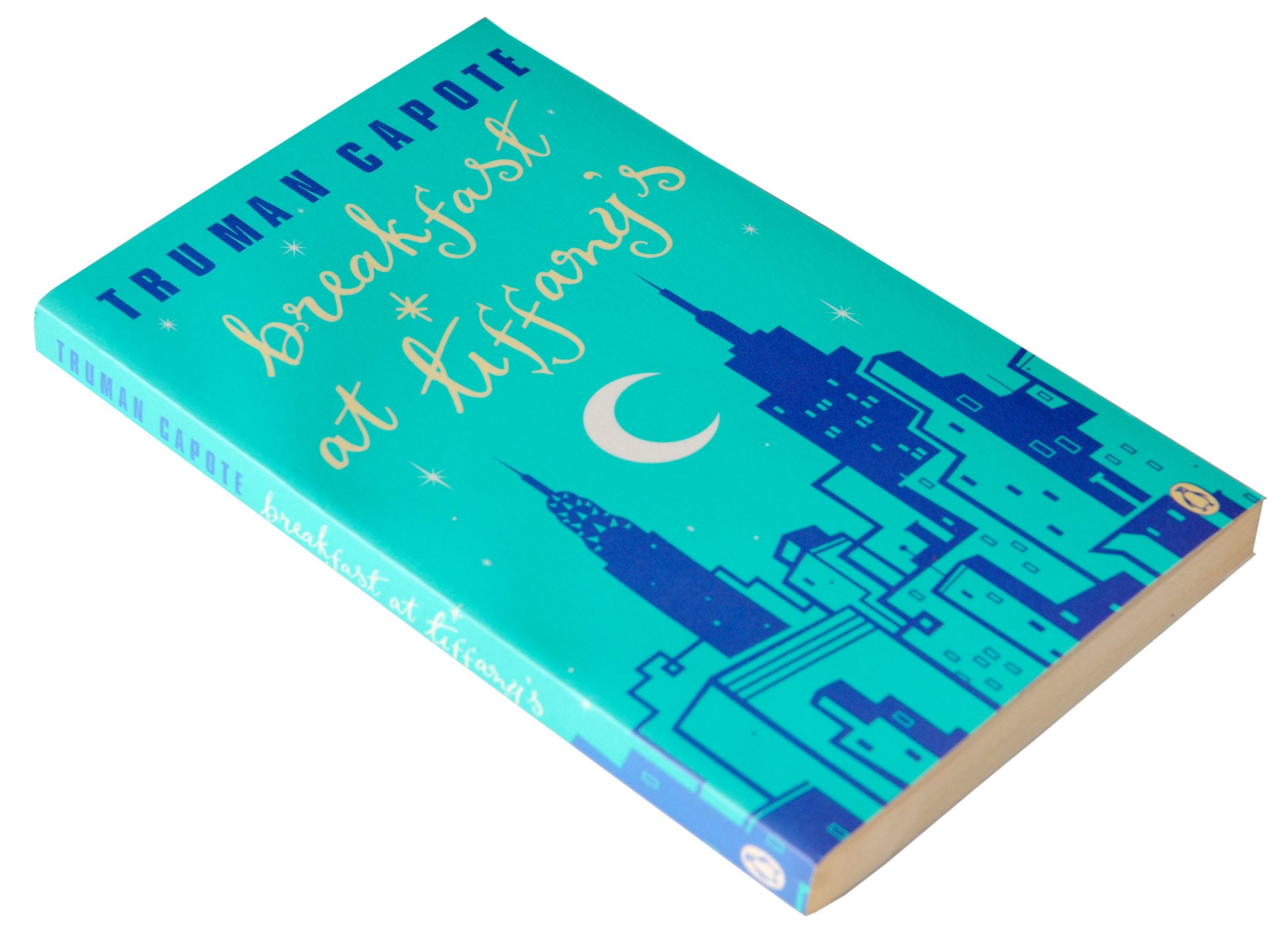Exploring the Bounds of Fair Use: KinderGuides

Last year, Penguin Random House filed a lawsuit against the publishers of KinderGuides (Guides)—a series of children’s books presenting “a condensed, simplified version” of classic American novels including Breakfast at Tiffany’s, The Old Man and the Sea, On the Road, and 2001: A Space Odyssey. The estates of Ernest Hemingway, Jack Kerouac, Truman Capote, and other renowned authors and publishers were also plaintiffs in the suit.
The Guides included “a few dozen pages” of the condensed story, along with a handful of pages at the end discussing the main characters, key words and analysis, and providing quiz questions. And as the Court explained, although the Guides did not incorporate everything from the original novels, every element of the storylines contained in the Guides comes directly from the original novels:
Not only do the plots, settings, and characters of the Guides mirror the Novels, but the Guides also include many specific details from the Novels. For example, in both versions of Breakfast at Tiffany’s, Holly Golightly’s business card reads “Holly Golightly, Traveling,” and in both versions Holly describes an experience she calls “the mean reds,” or feeling afraid “but you don’t know what you’re afraid of.” … While, of course, many aspects of plaintiffs’ Novels do not appear in defendants’ shorter Guides, all of the plots, characters, and settings in defendants’ Guides appear in plaintiffs’ Novels.
The KinderGuides publishers admitted that elements of the novels were copied to create the Guides (obviously), but they argued that the copying was excused by the doctrine of fair use. But after analyzing the four fair use factors, the court couldn’t agree.
So why did KinderGuides’ fair use defense fail?
- They misunderstood the meaning of “transformative”
The defendants argued that the Guides were “transformative” because they shortened the original novels, removed the adult themes to make the stories kid-friendly, and included a few pages of analysis and other background information. In other words, through the KinderGuides, the original novels took on a slightly different format—that of a children’s book, rather than a novel—and served a different audience. This line of argument was incorrect and ultimately not persuasive to the court. As Judge Rakoff of the U.S. District Court for the Southern District of New York explained, “transformative” has a particular meaning in the context of fair use—the new work must add new insights and understandings to the original work, and be of a different character or purpose. The KinderGuides were arguably different in form, but a change in form is not the kind of transformation that would qualify as transformative under the doctrine. They took classic books and turned them into… shorter books. They told the same story, shared the same insights and understandings. The served the same purpose: to entertain. The Court likened the KinderGuides to “an airline’s editing of R-rated films so that they can be shown to children on a flight.”
As for those few pages of analysis tacked on at the end, the Court made two important points: 1) “it is not enough for part of a work to have a transformative purpose. Courts must also consider whether work ‘does so [i.e. transforms] to an insignificant or a substantial amount” and 2) “Fair use … is not a jacket to be worn over an otherwise infringing outfit. One cannot add a bit of commentary to convert an unauthorized derivative work into a protectable publication.”
- The market for derivative works belongs to the copyright owner
The makers of the KinderGuides also argued that their children’s books should be considered fair use because they would have no effect on the market for the original novels. “To pretend that any consumer would go to a bookstore (electronic or otherwise) seeking one of the great classics of American literature and instead choose to purchase an illustrated children’s book defies belief,” they said to the Court. This flawed reasoning illustrates another misunderstanding of the law.
In addition to the rights to reproduce, distribute, perform, and display their original works, copyright owners have the exclusive right to create and distribute derivative works that are based on the original. While creating an unauthorized derivative, like the Guides, may not decrease consumer demand for the original work, by default, it will usually harm the copyright owner’s market for derivative works (under the fourth fair use factor) because it means that a derivative has been created without permission from, or payment to, the copyright owner.
But, perhaps more importantly, when courts evaluate market harm under factor four of the fair use analysis, the question is not merely “does this use of the work harm the potential market?” The relevant inquiry is whether widespread use of that kind would harm the potential market. So even if the KinderGuides themselves had no effect on the market for children’s book versions of classic novels, if children’s book publishers across the country all started publishing these kinds of derivatives without permission, it would undoubtedly harm the market.
Key takeaways:
- In the context of fair use, to be “transformative” a new work must add new insights and understandings to the original work, and be of a different character or purpose.
- “Fair use … is not a jacket to be worn over an otherwise infringing outfit. One cannot add a bit of commentary to convert an unauthorized derivative work into a protectable publication.”
- When courts evaluate market harm under factor four of the fair use analysis, the relevant inquiry is whether widespread use of that kind—not merely the particular use at issue—would harm the potential market.
Follow Fair Use Week here.

